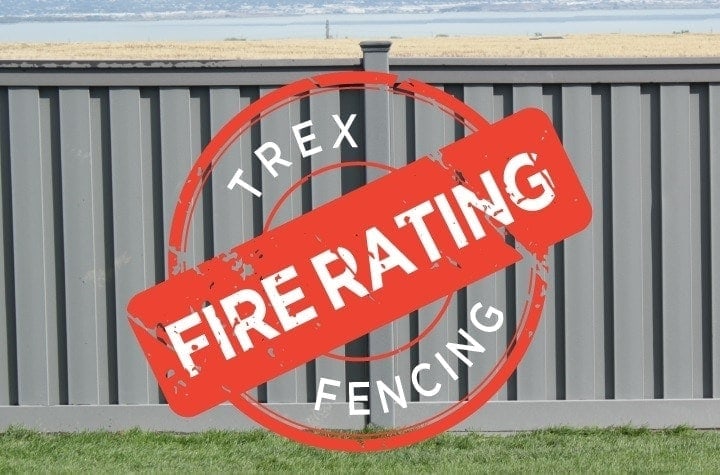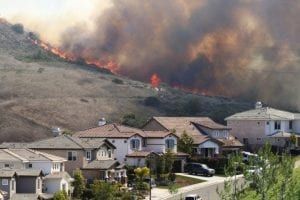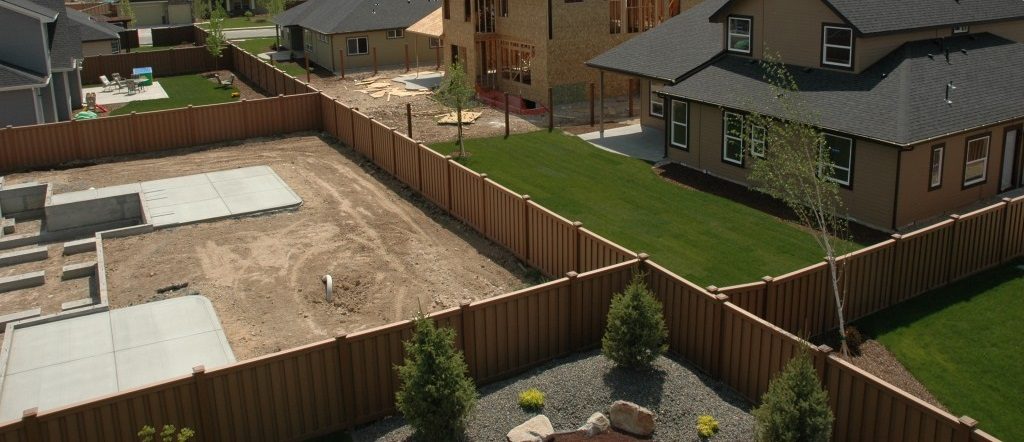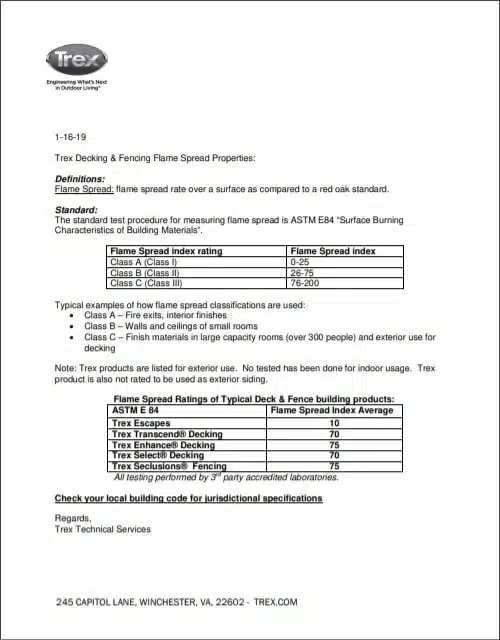
Your backyard oasis doesn’t just deserve a beautiful Trex Fencing backdrop. It also should be protected against the elements. From high winds to fire, Trex helps keep your backyard safer.
Will Your Fence Help or Hurt in a Fire?

One of the primary reasons for installing a fence around your home is security from property intrusion. However, is your fence also secure against natural disasters?
A major risk facing many homeowners across the United States are wildfires, especially in high risk areas such as California where 8,527 fires burned a combined area of 1,893,913 acres in 2018. The National Interagency Fire Center reported that the U.S. suffered 58,083 wildfires nationwide in 2018, burning roughly 8.8 million acres in various areas of the country.
The fence you choose to secure your home with will either protect or endanger your property. A fire resistant fence can slow damage from a wildfire, while a non-resistant fence can act as a fire igniter driving a fire directly to other structures, such as homes, on a property. Therefore, as part of a property protection plan, paying attention to fire ratings for fencing materials is crucial.

Know the Standards for Flame Spread
Flame spread analysis is an important method of determining the potential risk a material poses to a property. The professional standards organization, ASTM International, sets testing standards for flame spread classifications. Trex Fencing flame spread properties for exterior use has been tested following the ASTM E84 procedure. ASTM E84 Standard Test Method for Surface Burning Characteristics of Building Materials places testing materials into three different classes: A, B, or C. Examples of how flame spread classifications are used for various building materials are:
- Class A – Fire exits, interior finishes
- Class B – Walls and ceilings of small rooms
- Class C – Finish materials in large capacity rooms (over 300 people) and exterior use for wood decking
Trex Seclusions Fencing was rated with a Flame Spread Index Average rating of 75, placing it in the Class B category (read more in the Trex Flame Spread Bulletin). This means the risk of a fire spreading rapidly is reduced compared to traditional wood fencing. Dense suburban communities that border natural lands where high levels of inflammable materials such as drought-stricken grasses and brush create a concentrated area with elevated risk. A slower flame spread allows property owners at an individual level to prepare for protection or evacuation. On a larger scale, it also allows communities to be in a better position of responsive action such as allowing authorities to get resources to a fire with enough time to mobilize a defense.
For fire prone areas, Trex Fencing provides better protection than wood. While you are upgrading your property to replace damaged fencing or you are building a new fence with future preparedness in mind, include Trex Fencing in your plan. Give us a call at 877-700-8739 or email us at fds@trexfencing.com to learn how you can protect your property with Trex Fencing.


